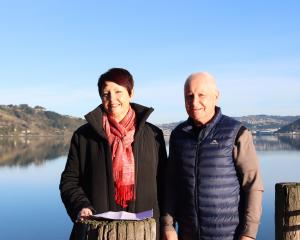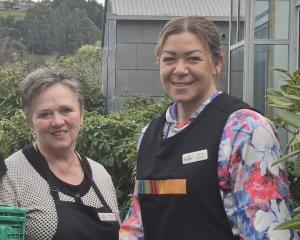What could be simpler than salty snacks sourced straight from the sea.

Locals were able to discover just how easy it is to prepare seaweed dishes during a recent workshop in Portobello.
New Zealand Marine Studies Centre director Sally Carson and seaweed enthusiast Izumi Schmidt Uchida took participants on a walk along the beach to identify local seaweed species.

Ms Uchida said seaweed was very versatile and New Zealand had a number of seaweed species suitable for eating.
"There are beautiful kelp species like bladder kelp and bull kelp, but my favourite is wakame, or undaria, because it is an invasive species, and I think it's OK to collect."

"The basics is just to blanche it in hot water, only for about 10 seconds or so, then it's going to change colour and now you're ready to use it for salad and other things."
Ms Uchida said Maori had long understood the benefits of the aquatic plants.

"I believe karengo is one of the most important species and they're known to have big protein content, so they are very nutritious and yummy."
The workshop was part of the Wild Dunedin New Zealand Festival of Nature, which offered locals more than a hundred events on offer during the week-long festival.













